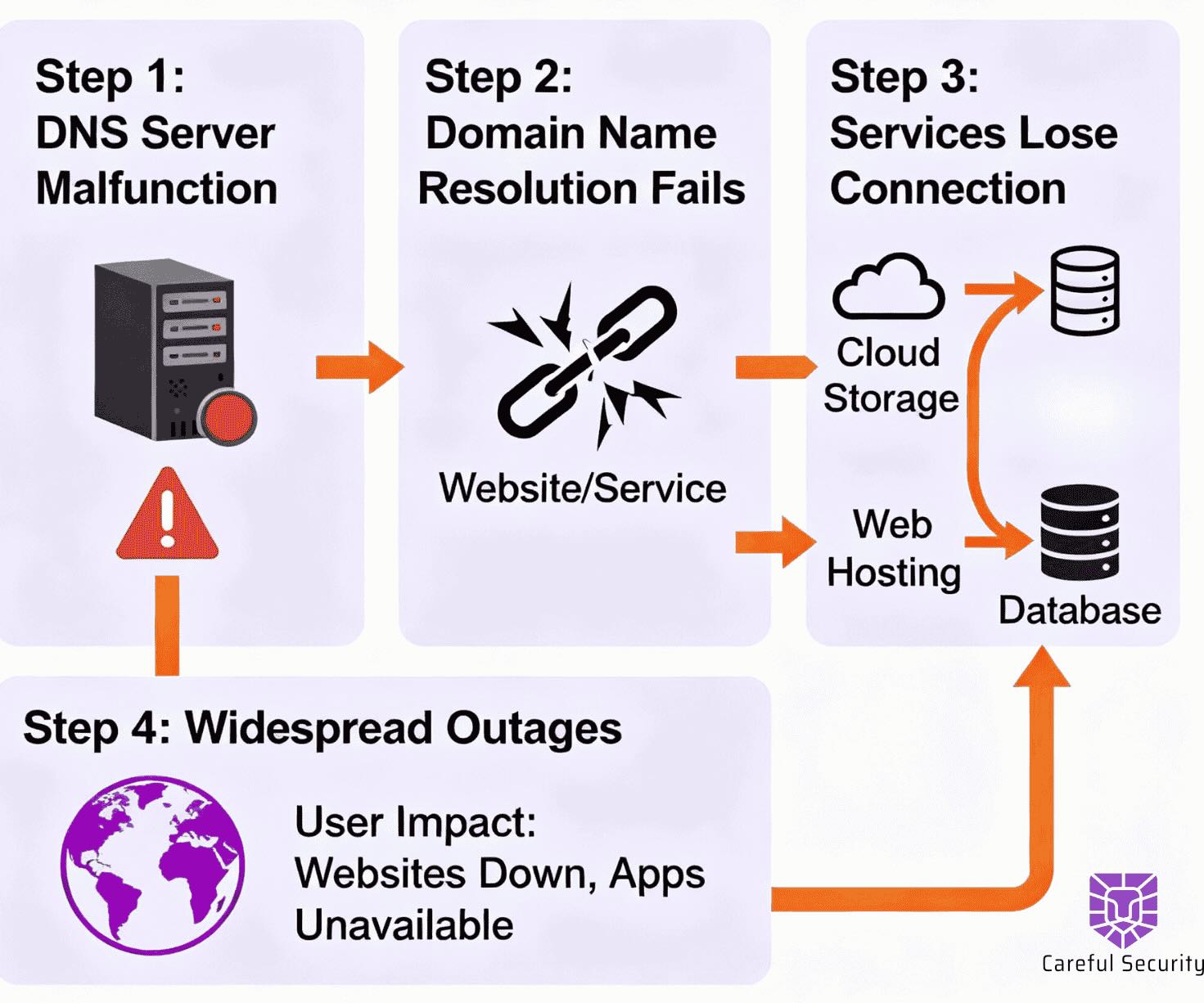Why Compliance Is a Cornerstone of Modern Cybersecurity

Why Compliance Is a Cornerstone of Modern Cybersecurity
Cybersecurityisn't just firewalls and antivirus anymore—it’s also compliance. HIPAA.PCI-DSS. ISO 27001. SOC2 These acronyms carry real weight. And the stakes forignoring them? Higher than most companies realize.
WhatIs Cybersecurity Compliance?
At its core,cybersecurity compliance means aligning your organization's security practiceswith specific legal, regulatory, or industry standards designed toprotect sensitive data and systems.
Whether themandates come from regulators, customers, or contract requirements, the messageis the same: Prove you’re doing security right—or pay the price.
CommonFrameworks You Should Know
- HIPAA – Healthcare data protection
- PCI-DSS – For businesses handling credit card payments
- SOC 2 – Cloud-based service providers
- NIST 800-53 / NIST CSF – Federal contractors and agencies
- CMMC – Department of Defense contractors
- GDPR / CCPA – Consumer privacy in the EU and California
WhyCompliance Can’t Be Ignored
1.Regulators Are Getting Serious
As breaches grow,so do the penalties. In 2023 alone, businesses paid over $2.5 billion indata privacy fines.
Falling out ofstep can lead to:
- Heavy fines
- Legal investigations
- Lost contracts
- Damaged brand reputation
2.It Builds Trust
Being SOC 2 or ISO27001 certified signals to customers, partners, and investors that you takesecurity seriously. In competitive markets, that trust becomes an advantage.
3.It’s Tied to Cyber Insurance
Many insurance providers now require proof of compliance. If you suffer a breach but don’t meet the necessary requirements, your claim could be denied—turning a crisis into a catastrophe.
4.It Supports Real Security
Compliance alone isn’t enough. But the controls required—like access management, encryption, and audit logs—are foundational. When done right, compliance strengthens your entire security posture.
Compliance Isn’t a Checkbox. It’s a Culture.
The mistake many organizations make? Treating compliance as a one-time task.
Staying compliant means building a living, breathing program that includes:
- Regular risk assessments
- Updated documentation
- Employee training on phishing, policies, and privacy
- Monitoring tools to catch gaps early
- Expert partners to support audits and control design
Common Challenges Businesses Face
Smaller organizations often struggle with
- Limited internal compliance expertise
- Confusion over overlapping frameworks
- Documentation fatigue
- Budget constraints for GRC tooling
That’s where a strong compliance partner makes a difference—mapping out obligations and simplifying them into actionable plans that align with your goals.
The Real Cost of Non-Compliance
Let’s make this plain:
- A single HIPAA violation can cost $50,000 per record
- GDPR fines can reach €20 million or 4% of global revenue
- CMMC non-compliance? You lose the ability to bid on DoD contracts
But beyond the fines, it's your reputation that takes the longest to recover.
Compliance Can Be a Catalyst for Security Maturity
At Careful Security, we view compliance as a strategic accelerator. It helps organizations:
- Define and improve their security posture
- Close known gaps
- Prepare for incidents
- Earn trust with customers and partners
Final Thoughts: Make Compliance Strategic
In today’s risk landscape, compliance isn’t optional. It’s essential—and it’s a strategic advantage when done right.
Whether you’re pursuing SOC 2, prepping for a CMMC audit, or aligning to NIST standards,compliance should be built into your security DNA, not bolted on.
Ready to assess where you stand?
Schedule your free security and compliance assessment today.
Cybersecurity Leadership for Your Business
Get started with a free security assessment today.
.avif)
.avif)




.svg)
.svg)
.svg)